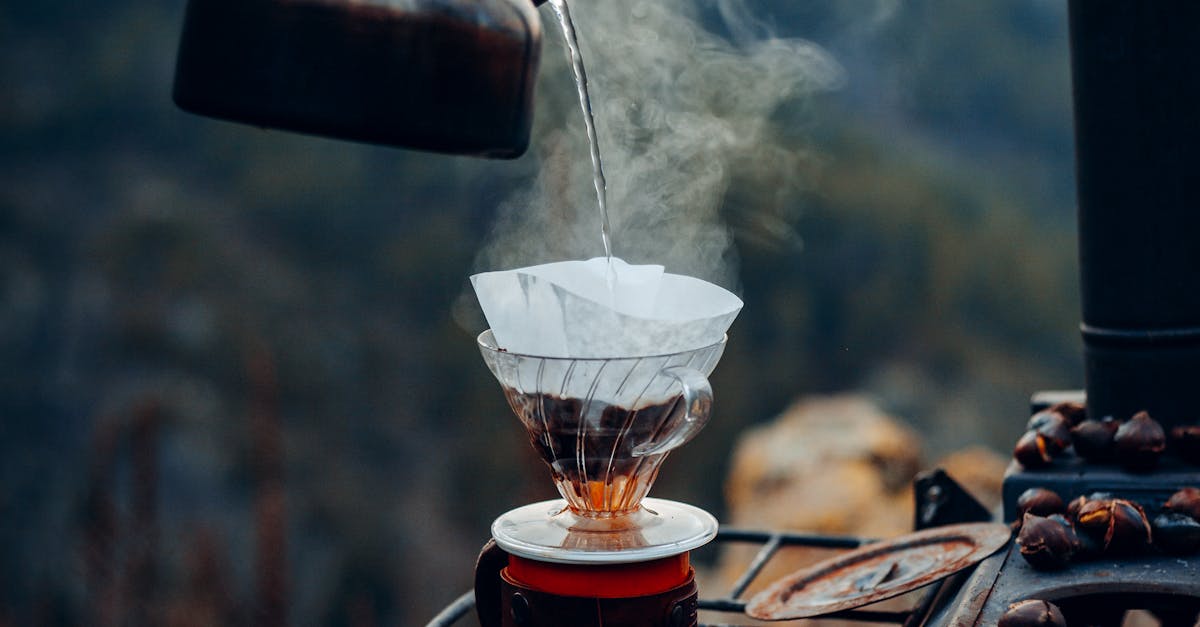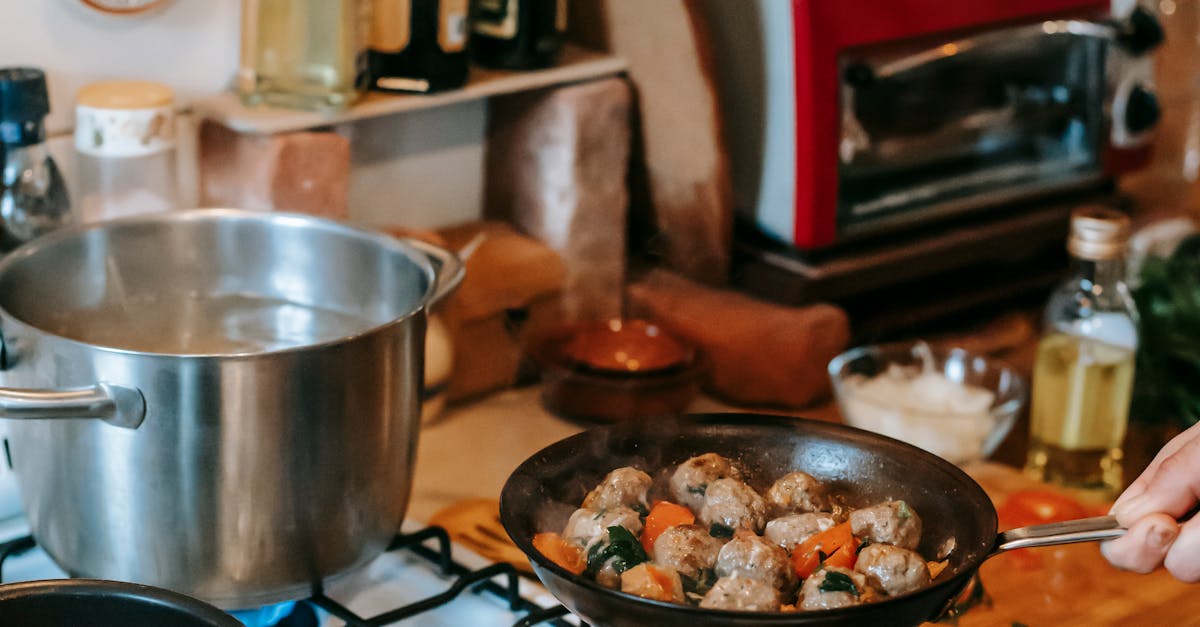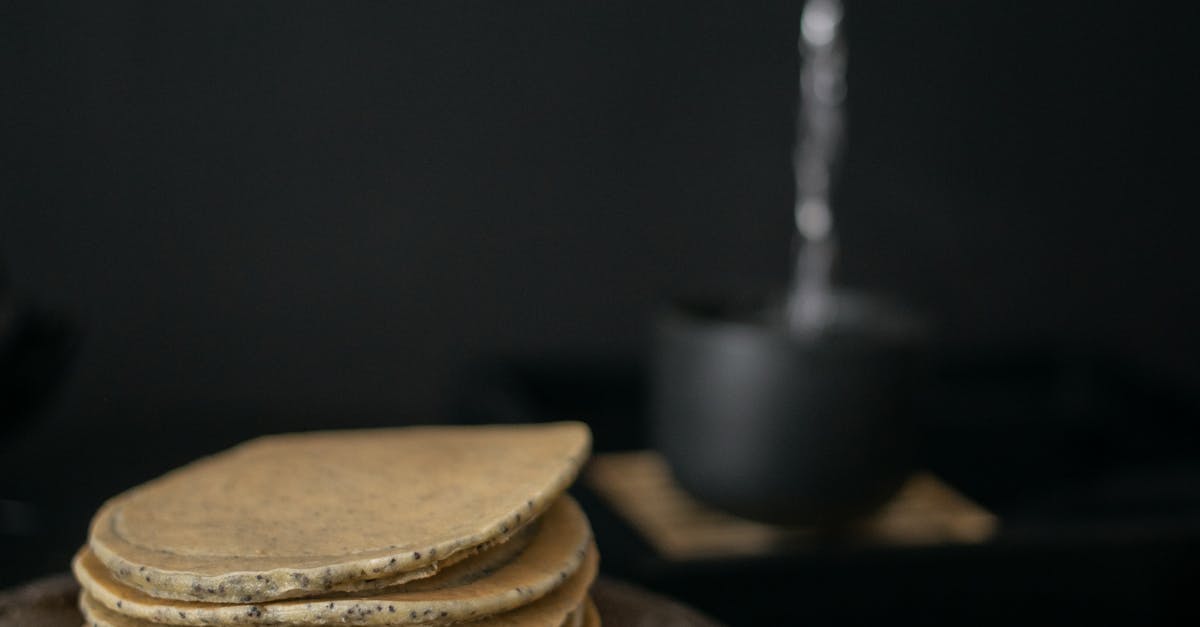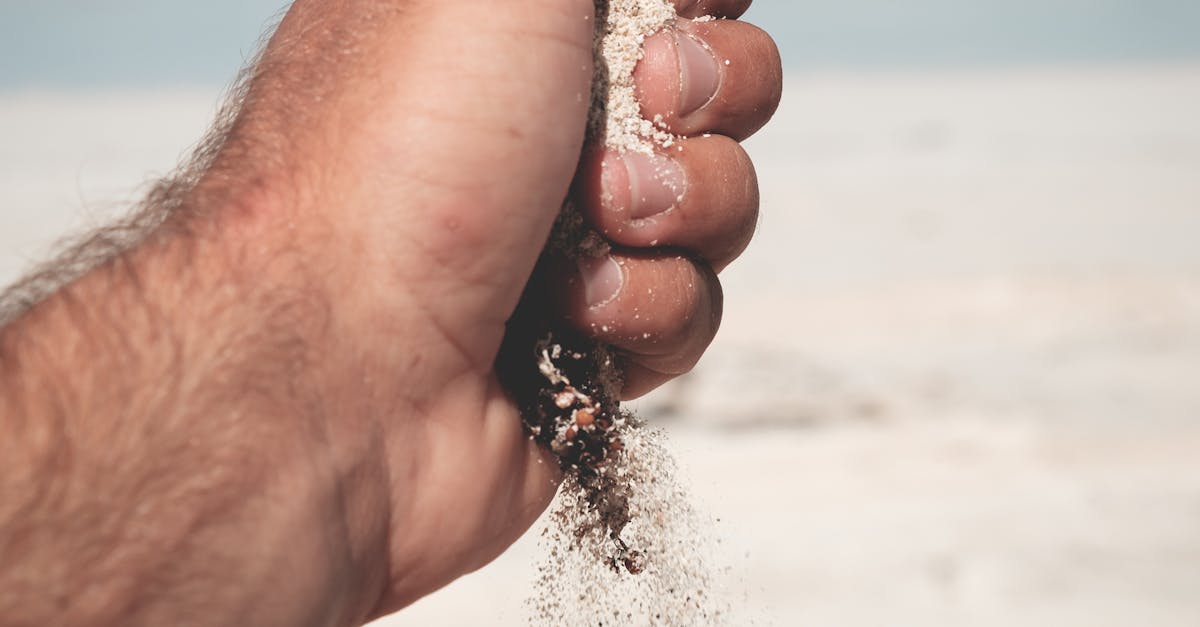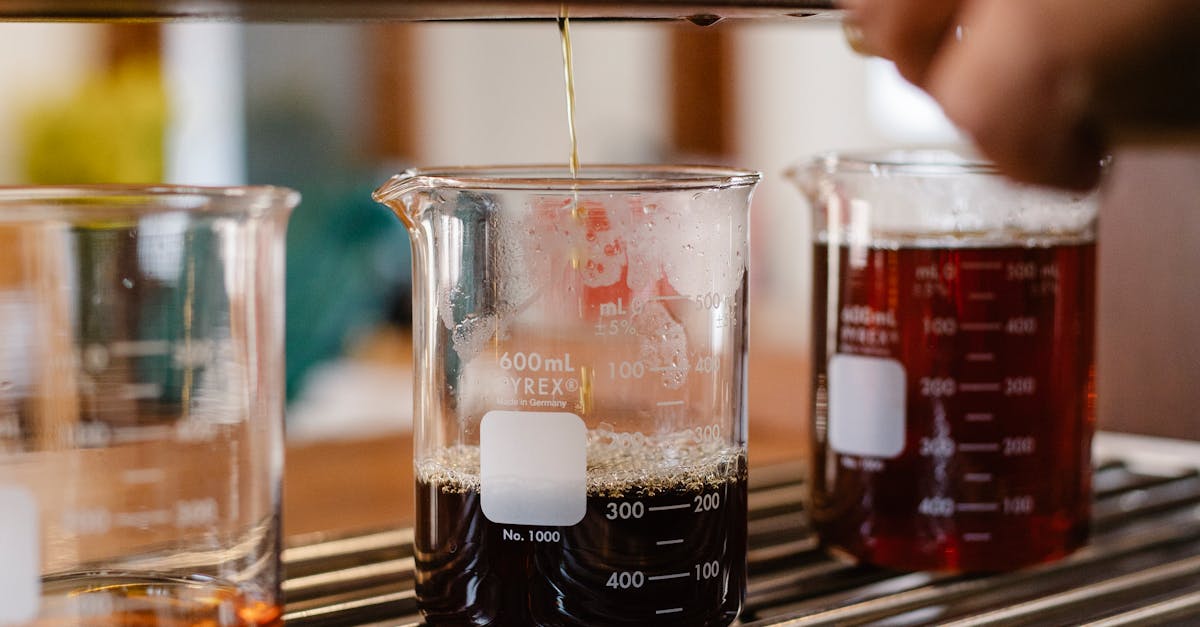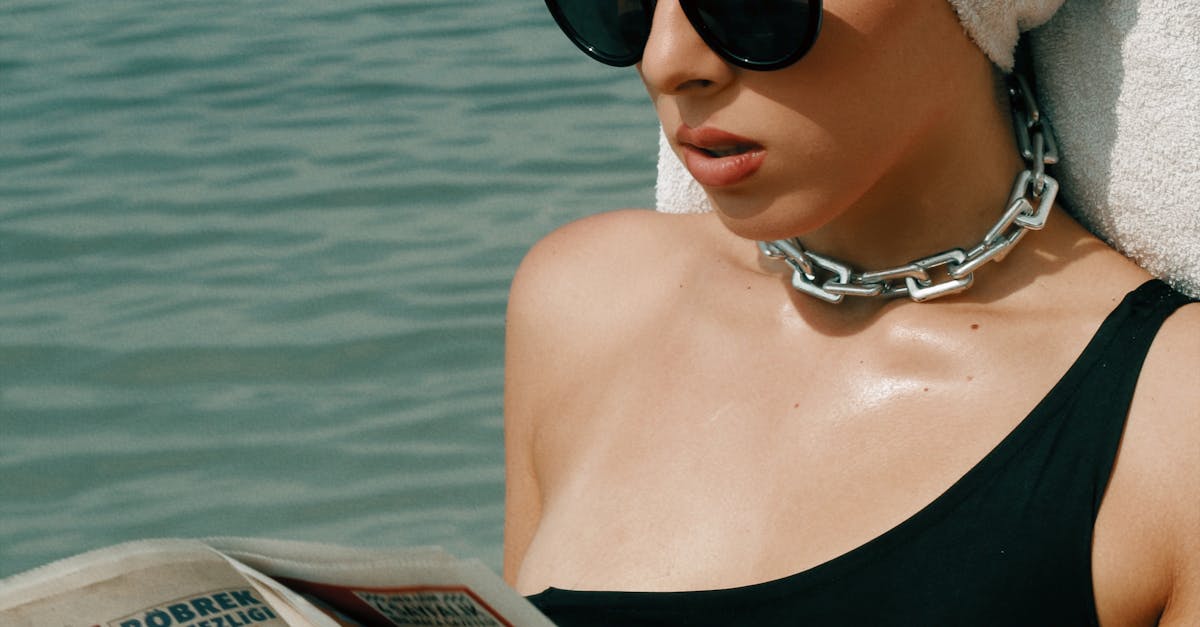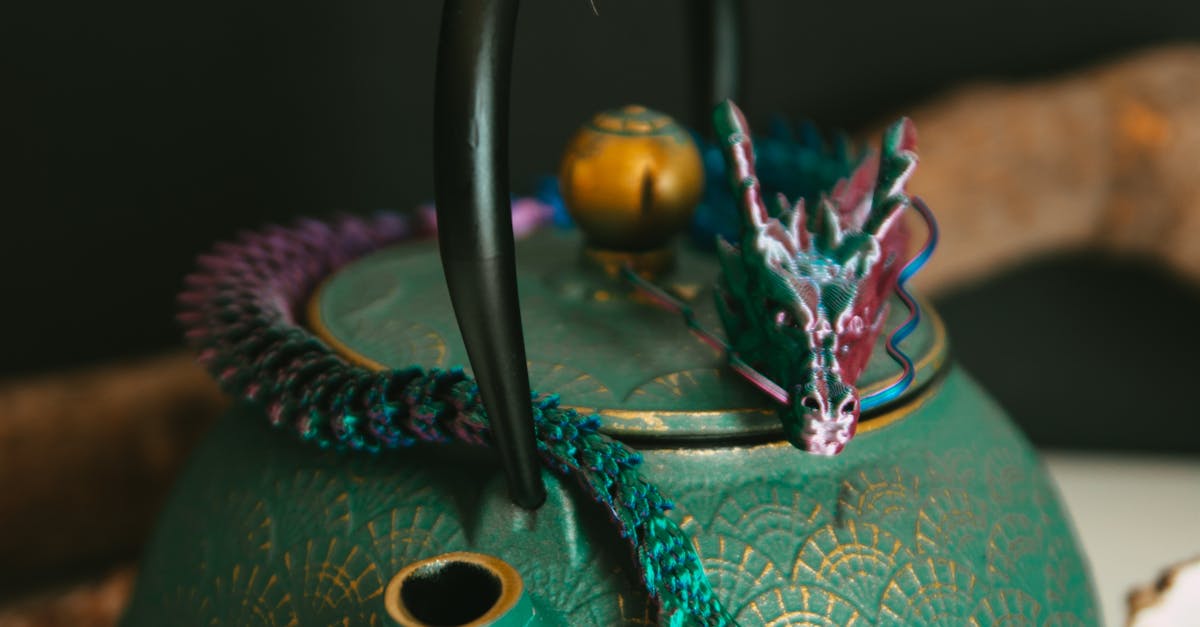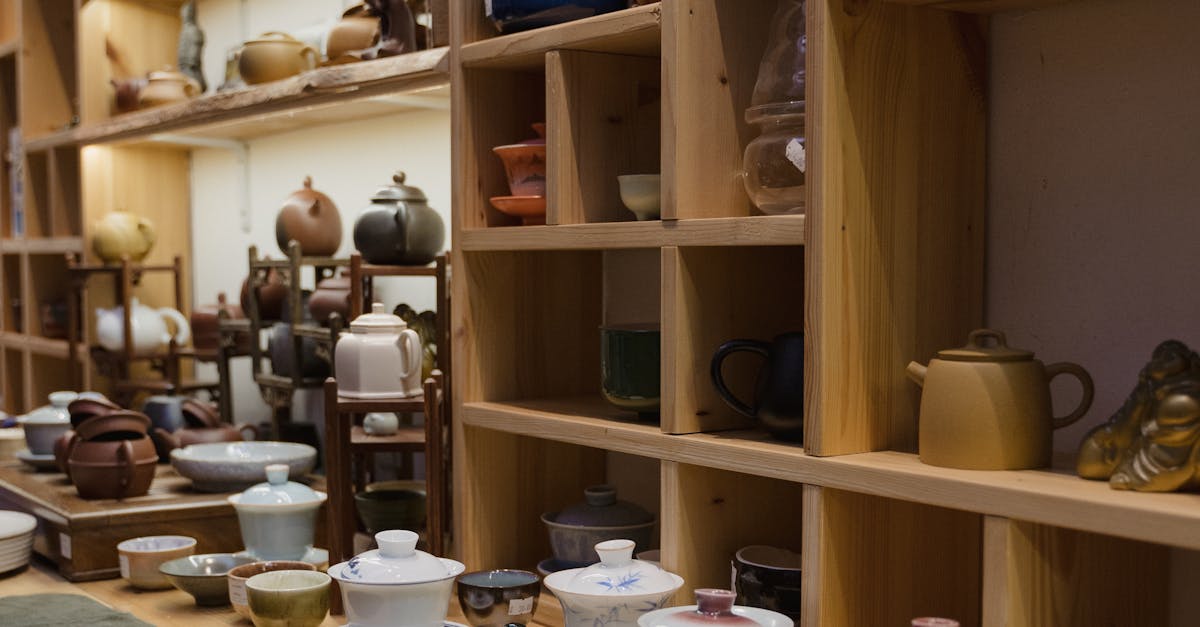
Table Of Contents
Brass Fittings
Brass fittings are a popular choice for hot water systems due to their ability to withstand high temperatures and pressures. These fittings offer excellent corrosion resistance, making them suitable for use in various plumbing applications. In addition to their durability, brass fittings provide a reliable seal, which helps prevent leaks in hot water systems. Considering the importance of maintaining a safe and efficient system, investing in quality brass fittings ensures that hot water system parts and accessories perform optimally over time.
The versatility of brass makes it a preferred material for both residential and commercial plumbing installations. These fittings can be used in various configurations, including threaded or soldered connections, catering to different installation needs. Homeowners and plumbers alike appreciate the ease of installation and compatibility with other materials. When selecting components for a hot water heater, brass fittings stand out as a dependable option that contributes to the overall reliability of the system.
Durability and Performance of Brass in Plumbing
Brass fittings are widely regarded for their durability and strength, making them a popular choice in plumbing applications. When used in hot water systems, brass maintains its integrity under high temperatures and pressure. Its resistance to corrosion contributes to a longer lifespan, which is essential for ensuring reliable performance in any hot water system. This reliability is crucial for homeowners seeking to avoid frequent repairs or replacements, especially in critical components like pipes and valves.
The performance of brass in hot water systems goes beyond longevity. Its excellent thermal conductivity facilitates efficient heat transfer, enhancing energy efficiency in the system. Additionally, brass fittings create strong, leak-free connections that are vital for maintaining the integrity of the entire system. When selecting components for installation or replacement, homeowners should consider brass for Hot Water System Parts and Accessories to ensure optimal performance and durability.
Threaded vs. Soldered Fittings
When it comes to connecting pipes and fittings in a hot water heater system, threaded and soldered fittings are two commonly used options. Threaded fittings provide an easy way to create connections without needing extensive tools. They can be easily assembled and disassembled, making maintenance straightforward. This flexibility is particularly useful for repairs or replacements of hot water system parts and accessories.
Soldered fittings, on the other hand, offer a more permanent solution. This method involves melting solder to create a strong bond between copper pipes, providing a leak-free connection that can withstand high temperatures. Soldered fittings are often seen as more reliable for long-term applications. However, their installation requires more skill and precision, making them less accessible for DIY enthusiasts. Each option has its advantages, and the best choice often depends on specific plumbing requirements and personal preferences.
Key Differences and When to Use Each
Threaded fittings are designed for easy assembly and disassembly, making them ideal for applications where frequent maintenance might be necessary. They typically rely on male and female threads to create a tight seal. Soldered fittings, on the other hand, use soldering techniques to permanently join pipes and fittings. This method provides a stronger bond, often preferred for systems where a secure, leak-free connection is essential for performance. Understanding these differences is important for selecting the appropriate fittings for your plumbing needs.
When considering Hot Water System Parts and Accessories, the choice between threaded and soldered fittings can significantly impact the efficiency and longevity of your installation. In areas with high fluid movement or vibration, threaded fittings can provide the necessary flexibility while ensuring ease of access for repairs. For more permanent installations, especially in high-pressure environments, soldered fittings offer enhanced reliability. Each fitting type has its place, and proper selection can ensure optimal functionality of your hot water system.
Compression Fittings
Compression fittings are widely used in plumbing applications, particularly in hot water systems. These fittings consist of a compression ring and a nut that compresses the ring against the pipe when tightened. This creates a secure seal that prevents leaks from forming. Their design allows for quick installation and disassembly, making them a convenient option for repairs and replacements, especially in tight spaces.
Hot Water System Parts and Accessories often include compression fittings due to their versatility and reliability. They work well with various types of pipe materials, including copper, plastic, and PEX. The ability to connect different types of pipes without the need for soldering or special tools makes compression fittings a favorite among DIY enthusiasts and professional plumbers alike.
Features and Benefits for Hot Water Heaters
Compression fittings offer a versatile and reliable option for connecting pipes in hot water heater installations. These fittings function through a simple mechanism that uses a compression nut to secure the pipe, ensuring a tight seal that prevents leaks. Their design accommodates various piping materials, making them suitable for numerous applications. This adaptability is especially beneficial when working with different types of plumbing systems, as it allows for seamless integration without the need for soldering.
In addition to their ease of use, compression fittings come with several advantages that enhance the overall functionality of hot water heaters. They require minimal tools for installation and can be easily disassembled if maintenance is needed. These fittings are also durable, providing a long-lasting solution that withstands high temperatures and pressure. By incorporating quality compression fittings as part of your Hot Water System Parts and Accessories, you can improve both efficiency and reliability in your plumbing system.
FAQS
What type of fittings are best for a hot water heater?
The best type of fittings for a hot water heater typically include brass fittings, threaded fittings, soldered fittings, and compression fittings. Each type has its own advantages based on durability, installation method, and application.
What are the advantages of using brass fittings for hot water heaters?
Brass fittings are known for their durability and corrosion resistance, making them an excellent choice for hot water applications. They can handle high temperatures and pressures, ensuring a reliable connection.
What is the difference between threaded and soldered fittings?
Threaded fittings use screw threads to connect pipes, making them easier to install and remove. Soldered fittings, on the other hand, involve melting a filler metal to create a permanent bond. The choice between them depends on the specific plumbing requirements and preferences.
Are compression fittings suitable for hot water heaters?
Yes, compression fittings are suitable for hot water heaters. They provide a secure seal without the need for soldering, making them ideal for DIY installations or areas where soldering may be difficult.
How do I choose the right fittings for my hot water heater installation?
When choosing fittings for your hot water heater installation, consider factors such as the type of pipes being used, the temperature and pressure requirements, as well as the installation method you're comfortable with. Consulting a professional plumber can also help ensure the best choice for your specific situation.





